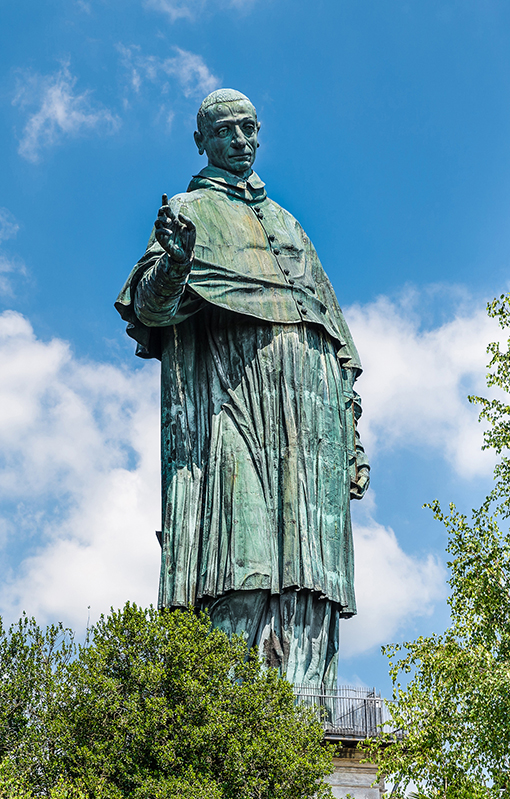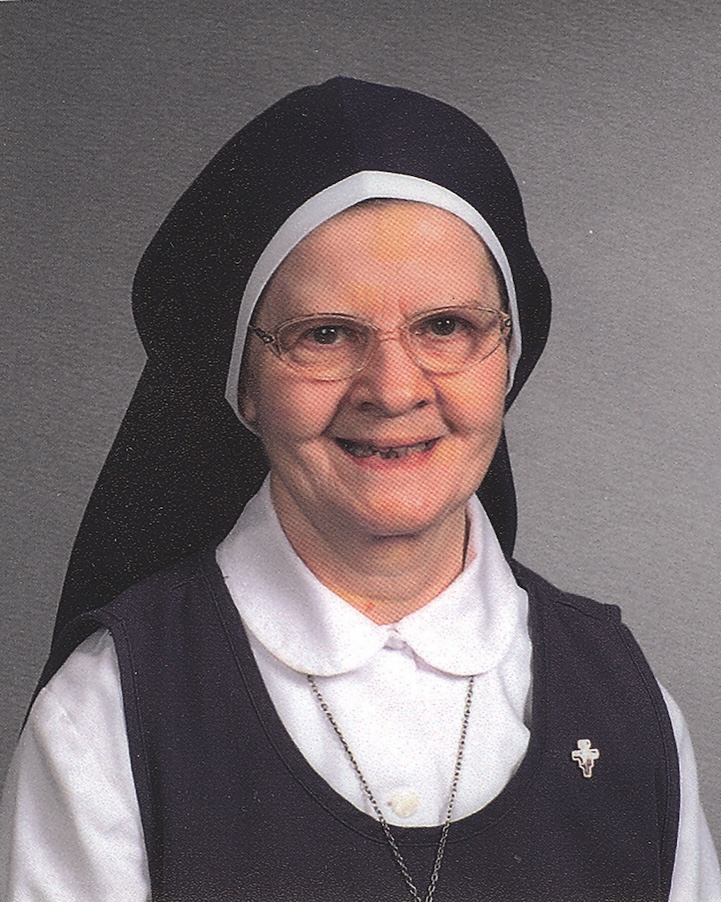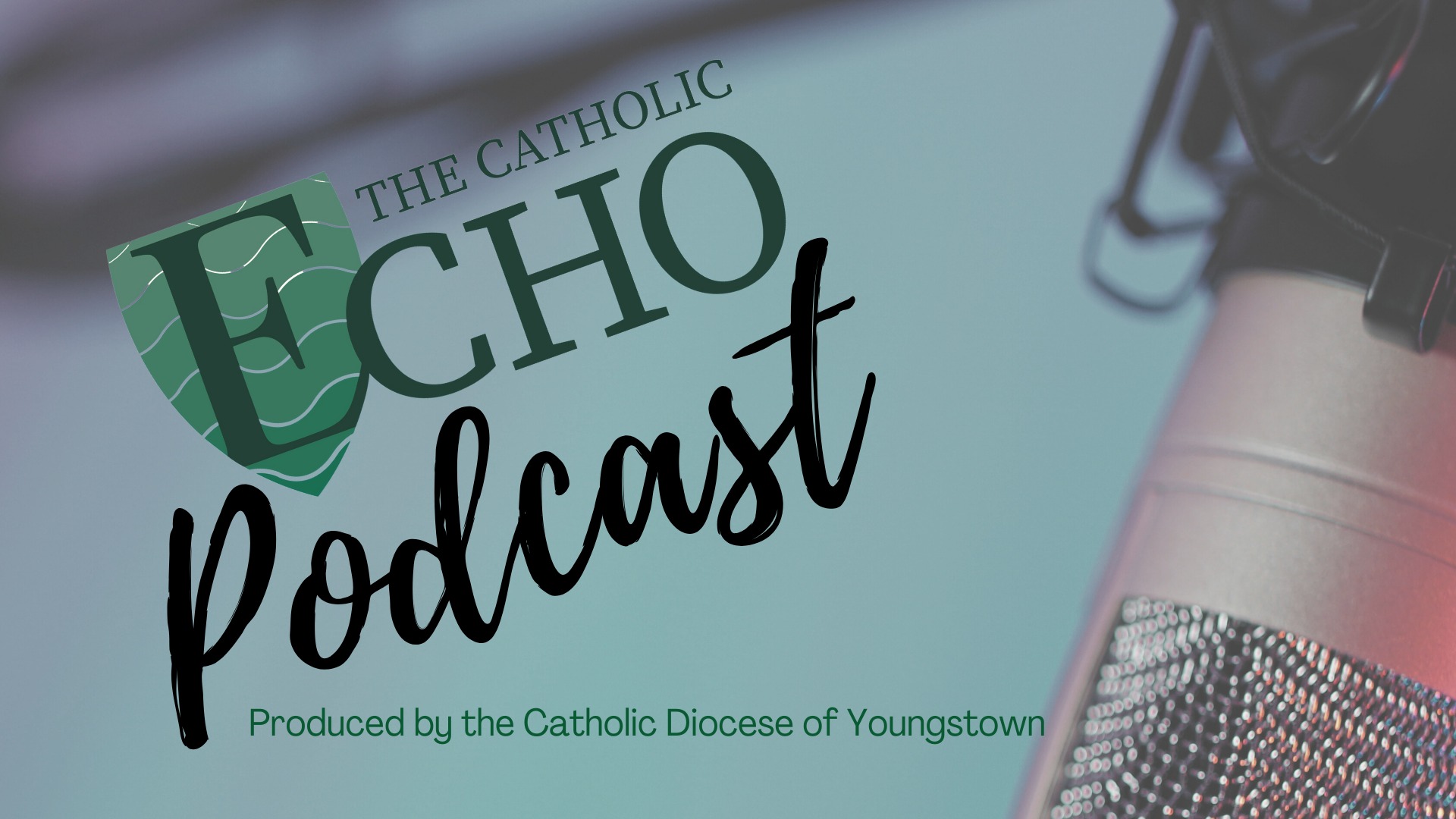
Though he grew up in a wealthy, powerful and well-known family, Saint Charles Borromeo became famous for a life of service to the poor and to the Church, for being a Catholic educator and a prominent figure in the 16th century Counter-Reformation.
He was the third of six children born to Gilbert Borromeo, a count, and Margaret d’Medici on May 12, 1538, in Milan, Italy. Dedicating himself to service of the Church at age 12, young Charles received considerable wealth from his family, which he used for his education, but the remainder he passed on to the poor and the Church.
Despite a speech impediment, he excelled in his studies. With his father’s death in 1554, Saint Charles was given the responsibility of managing his family’s finances, with which he struggled. Later, he resumed his studies, earning a doctorate in civil and canon law.
When his uncle, Cardinal Giovanni Angelo Medici, became Pope Pius IV in 1559, Saint Charles was summoned to Rome and thrown into the highest ecclesial levels. While serving in various capacities, he also used his leadership role in the Vatican to promote learning, establishing a literary academy and writing lessons and lectures for the book Noctes Vaticanae. Later, he founded a college at Pavia dedicated to Saint Justina of Padua—which today includes the Collegio Borromeo. Amidst the tumult of the Protestant Reformation, Saint Charles also began developing a reputation as an idealistic reformer. He was heavily involved in the Council of Trent and was instrumental in compiling the Tridentine Catechism. When he was also appointed administrator of the Archdiocese of Milan, Saint Charles decided to pursue the priesthood, resisting his family’s appeal to return to administering to their affairs.
Ordained a priest September 4, 1563, he was ordained a Bishop two months later and appointed Archbishop of Milan on May 12, 1564. As Archbishop of Milan, he further pursued efforts toward reform, seeking to restore integrity in the Catholic Church. His efforts included founding schools, colleges and seminaries for education of the clergy—ending the selling of indulgences—and he personally oversaw efforts for the reformation of monasteries. Saint Charles also carried out reforms from the Council of Trent to simplify church interiors and to ensure sufficient scriptural foundations for liturgical art. In addition, turning his attention to the laity, he fostered a society of secular men devoted to prayer, study and service to their parishes. Saint Borromeo’s initiatives encompassed catechesis and religious instruction of the youth including establishing the Confraternity of Christian Doctrine (CCD).
His reform of religious orders drew some opposition, including an attempted assassination by pistol. Saint Borromeo’s survival was regarded by some as miraculous. When famine broke out in Milan in 1576 from crop failure, the later onset of the plague and a decline in commerce, the governor and many of the nobles fled Milan, but Saint Charles stayed, organizing care for victims, ministering to the dying and enlisting the superiors of all the religious communities to serve amidst the devastation. Striving to feed 60,000 to 70,000 people daily, Saint Charles used his own money, going into debt. Eventually, he persuaded the governor to return to address the crisis. He also assisted Pope Pius IV’s efforts on behalf of English Catholics fleeing the persecution of Queen Elizabeth I. For years, Saint Charles, through his letters, served as an advisor to Popes and kings.
In 1583, responding to reports of heresy and even witchcraft, Saint Charles turned his attention to Switzerland, encouraging the Catholic community there. Exhausted by his efforts, he fell ill the next year, returned to Milan, and died November 3, 1584, at age 46.
He was beatified in 1602 and Pope Paul V canonized him in 1610. His feast day, November 4, was established in 1613. Saint Charles Borromeo is recognized as the patron saint of bishops, catechists and seminarians. Churches in Europe and the U.S. bear his name and patronage. In the Youngstown Diocese, St. Charles Church and School in Boardman—part of St. Catherine of Siena Parish—were named in his honor. Borromeo Seminary, the house of formation for seminarians in the Cleveland Diocese, also forms seminarians from the Youngstown Diocese.











